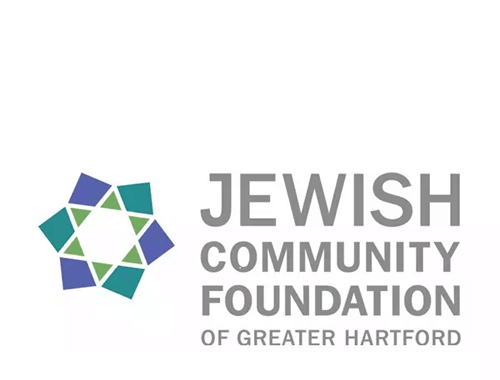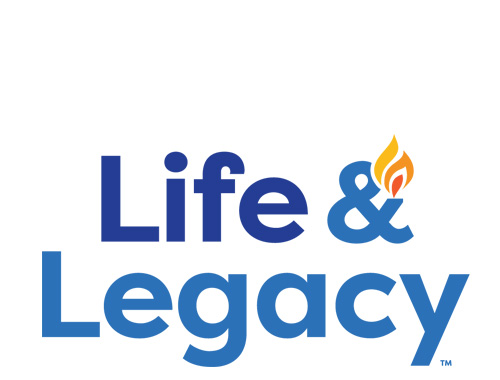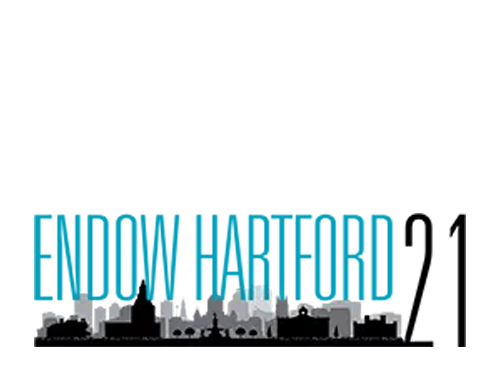Schechter Shavua: March 31, 2023
Sixth Graders Delve into the Civil Rights Movement
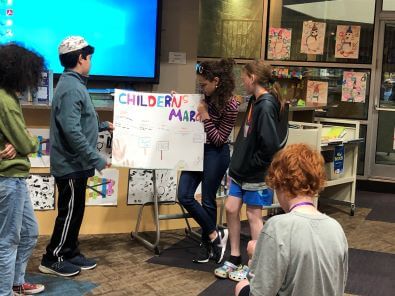 The sixthgraders traveled to Alabama for a journey into the Civil Rights Movement, connecting with a group of 32 other students who are part of the Small Day School Alliance. As the students bonded with each other through ice breaking exercises and deep learning moments, they journaled daily about what they learned and the feelings these experiences stirred in them. Each day in Birmingham, Selma, and Montgomery was packed with visits to famous locations from this era, thought-provoking speakers and discussions, and connections between the Jewish community and this era.
The sixthgraders traveled to Alabama for a journey into the Civil Rights Movement, connecting with a group of 32 other students who are part of the Small Day School Alliance. As the students bonded with each other through ice breaking exercises and deep learning moments, they journaled daily about what they learned and the feelings these experiences stirred in them. Each day in Birmingham, Selma, and Montgomery was packed with visits to famous locations from this era, thought-provoking speakers and discussions, and connections between the Jewish community and this era.
The group watched the Academy Award-winning documentary on the Children's March in Birmingham that detailed the courage of the young people of Birmingham in 1963 who stood up to the brutality and hate of an entire city. Later in the trip, students met Civil Rights activist Reverend Gwen Webb, who was in the Children's Crusade and is featured in the documentary; together, they linked arms and sang "We Shall Overcome." In museums and around the city, as students were confronted with the segregation that was such a part of Birmingham, they learned not only the stories of hate and segregation, but also the story of resilience of the Black community.
Day two of the experience, students began to learn about the Civil Rights movement in Selma by watching the documentary "Selma-from the Bridge to the Ballot Box;" The students visited Mishkan Israel Synagogue, which was built in 1899 with stained glass windows and beautiful wood during the time when Selma had a large and active Jewish population. A major highlight in Selma was marching across and learning about the Edmund Pettus Bridge and the march; students saw the church where John Lewis spoke to the marchers as well as the house where Reverend Dr. Martin Luther King stayed while he was in Selma.
Day three enabled students to draw connections to Judaism; they examined the trajectories of six different members of Birmingham’s Temple Beth El, discussing the extent to which these individuals chose whether or not to be involved in the Civil Rights movement. Throughout their journey, students were confronted with the complexity of what involvement and advocacy looks like, and how some people might not be involved during the entire time period but may be active periodically. Their whole experience demonstrated that the most powerful change starts at the local level and that everyone can make a difference.
One highlight in Montgomery was a special exhibit about John Lewis, told through the art of quilt making. It was an important reminder that there are multiple ways to learn, and art is a powerful medium through which to tell a story. Montgomery’s National Memorial for Peace and Justice, the first memorial dedicated to the legacy of enslaved Black people and people terrorized by lynching, led our 6th graders to question whether lynchings common in the south could have happened in the north, but remained uncounted; our ever-curious students are determined to investigate this question in the future.
Thanks to Mrs. Colleen Simon for providing these details about their journey!
Click HEREto see more photos from Alabama
7th Grade Explores Washington DC
Submitted by Mrs. Mona Teitelbaum
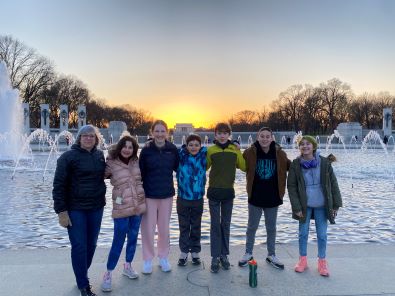 Perahimstudents (7th grade) joined with other groups from the Small Day School Alliance for a trip to Washington, DC, visiting interesting museums and memorials along with meeting state representatives and new friends. After a seven-hour train trip, we met up with the other five alliance schools and traveled by bus to the Smithsonian Museum of American History. Afterwards, we walked on The Mall to see the World War II and Lincoln Memorials. It was getting dark, the sunset was spectacular and we decided to make one last stop at the Vietnam Memorial. We arrived at the hotel at 10pm, both exhausted and exhilarated.
Perahimstudents (7th grade) joined with other groups from the Small Day School Alliance for a trip to Washington, DC, visiting interesting museums and memorials along with meeting state representatives and new friends. After a seven-hour train trip, we met up with the other five alliance schools and traveled by bus to the Smithsonian Museum of American History. Afterwards, we walked on The Mall to see the World War II and Lincoln Memorials. It was getting dark, the sunset was spectacular and we decided to make one last stop at the Vietnam Memorial. We arrived at the hotel at 10pm, both exhausted and exhilarated.
On day two, after breakfast and tefilah we visited the Air and Space Museum, the Smithsonian Museum of Natural History, and George Washington’s home, Mount Vernon. The grounds and house are beautiful, but we also learned that it took the labor of many, many slaves to keep it running. After stopping to see the exterior of the White House, students had a chance to swim in the hotel pool before bedtime.
Wednesday started with a guided tram tour of Arlington National Cemetery before heading to Capitol Hill. There, groups split up to visit a state representative and present each group’s research and recommendations on their chosen advocacy issue. Students have been working on these projects throughout the year with students from the other schools during their Alliance meetings. The Schechter groups presented their research about gender inequality, climate change, and hunger to an aide of Representative Rosa De Lauro of Connecticut, and then met with Representative Le Lauro informally outside her office. The group had a somber and meaningful visit to the Holocaust Museum. Finally, after dinner, students enjoyed more light-hearted bonding over bowling.
On our last day we visited both the Spy Museum and the Smithsonian Museum of African American History before taking the train trip back to Connecticut.
Click HEREto see more photos from Washington, DC
Highlights of Pesach Learning and Activities
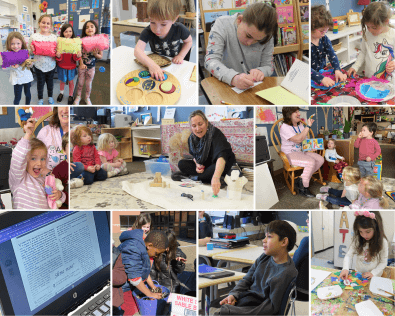 Schechter students of all ages are gearing up for Passover, so get ready to put them to work at your seders! Here are just a few of the activities our students are taking part in as they get ready for Pesach:
Schechter students of all ages are gearing up for Passover, so get ready to put them to work at your seders! Here are just a few of the activities our students are taking part in as they get ready for Pesach:
Nitzanim (EC2) - reading Passover stories along with puppets, making afikomancovers and spring flower decorations
Shorashim Alef (EC 3-4) - sand stories and making seder plates
Shorashim Bet (EC 3-4) - making seder plates
Ilanot (Kindergarten) - learning about the different parts of the seder (in English and Hebrew vocabulary), creating their own haggadot. tasting maror and karpas
Anafim (grades 1-2) - learning about slavery vs. freedom: making bricks out of mud and straw, then sewing pillows
Alim (grades 3-4) - making special bedikat hametz boxes
Nevatim (grades 5-6) - discussing moving from slavery into freedom, analyzing specific words in the Haggadahand discussing the purpose of the Passover seder.
Perahim (grade 7) - analyzed various versions of the Four Questions to see how this part of the seder has changed over the centuries. In addition, they will be doing a Performance Assessment on whether or not to serve kitniyotat a school Passover function.
Amirim (grade 8) - explored the link between freedom (Passover) and law (Shavu'ot); studied texts dealing with several aspects of Passover, in particular, בדיקת חמץ/searching for chametz.
Pesah 5783—Teaching from our own stories, not just our books
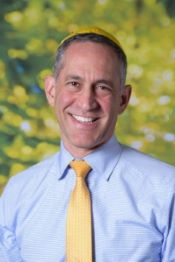 As we prepare for the seder nights, we seek ways to make the haggadah come alive. But how to do so? What resources do we need to make the seder meaningful and engaging? There are countless websites and books—but I found a story in a special haggadahabout the most critical resource of all.
As we prepare for the seder nights, we seek ways to make the haggadah come alive. But how to do so? What resources do we need to make the seder meaningful and engaging? There are countless websites and books—but I found a story in a special haggadahabout the most critical resource of all.
This haggadahcontains teachings of Nechama Leibowitz, a remarkable teacher of Torah and commentaries who lived and taught in Jerusalem. She told a story of an Israeli taxi driver who asked her about the difference between two ways of referring to teachers—moreh and melamed. “They are the same,” she said—but he disagreed.
“No, there is a difference; I’ll show you,” he said. “Is whiskey good for you?”
“No,” she replied.
“Do you drink whiskey?” he asked.
“No,” she replied.
“If not, how do you know that it isn’t good for you? I’ll tell you how,” he said. “Imagine sitting at a bar with a respectable person whose behavior deteriorated after drinking too much. You would learn from that person what too much whiskey can do—and so, in a sense, that person will have become a teacher. But what kind of teacher? Some teachers work by formal instruction, presenting lessons based on books and commentaries—and that job is called ‘moreh .’ Other teachers, like the intoxicated person at the bar, instruct through personal examples; that is what a melameddoes, and that kind of teaching is often the most powerful.”
One way of preparing for the seder is to become a moreh or morah , using books and websites to bring the haggadah to life. This kind of preparation is important, but not sufficient. We should also plan to share personal experiences, making our own lives into teaching resources. When we do this, we become melamdim, passing on our stories from generation to generation.
Shabbat shalom and hag kasher ve-sameah!
Rabbi Jonathan Berger
Head of School
Questions as you prepare for the Seder table:
1. When is the last time you’ve looked at a new Haggadahor electronic resource?
2. What personal stories might you share in which you learned something about slavery or freedom, challenge and redemption?
Solomon Schechter Day School
of Greater Hartford
26 Buena Vista Road
West Hartford, CT 06107
© Solomon Schechter Day School of Greater Hartford | Site design Knowles Kreative

